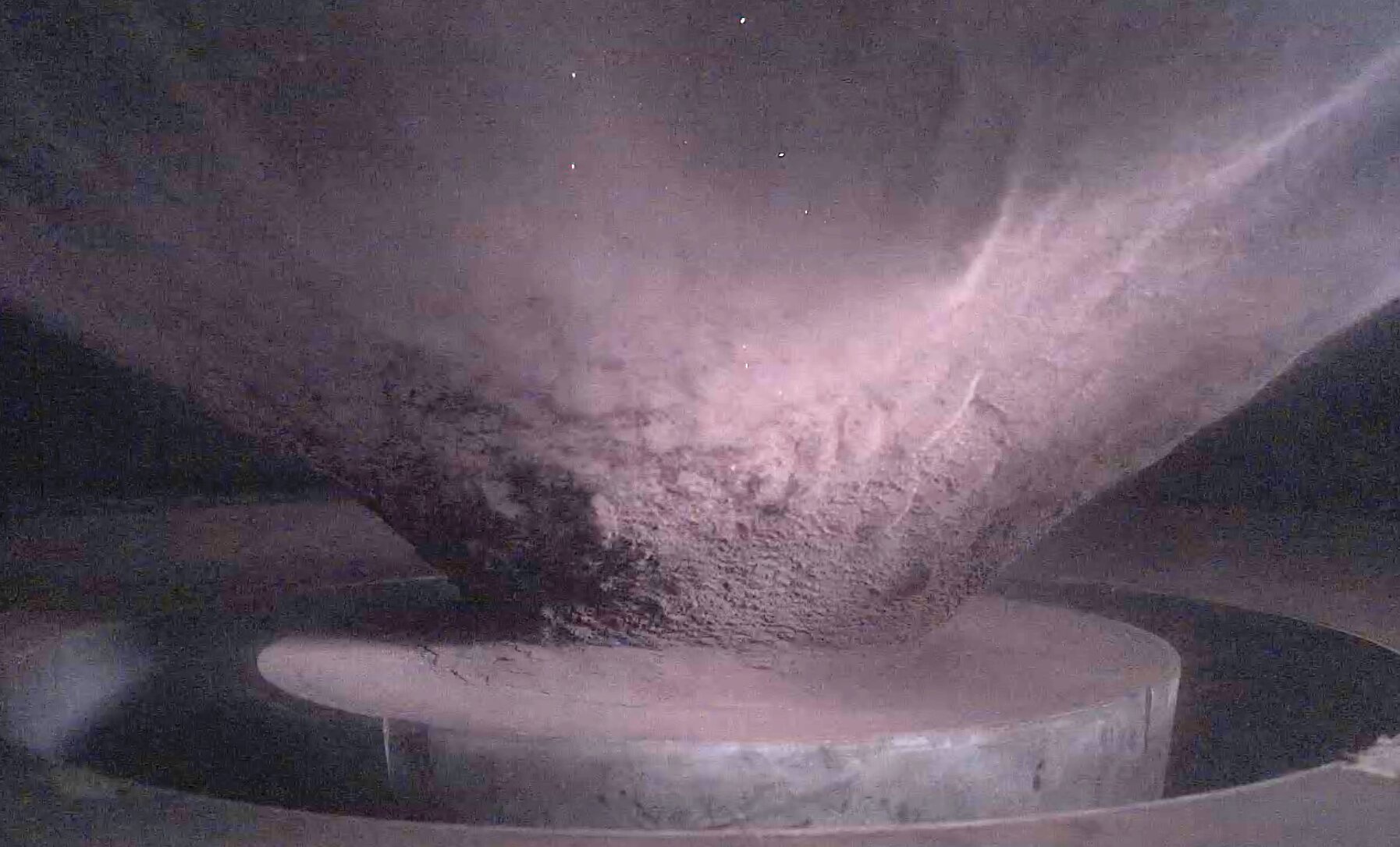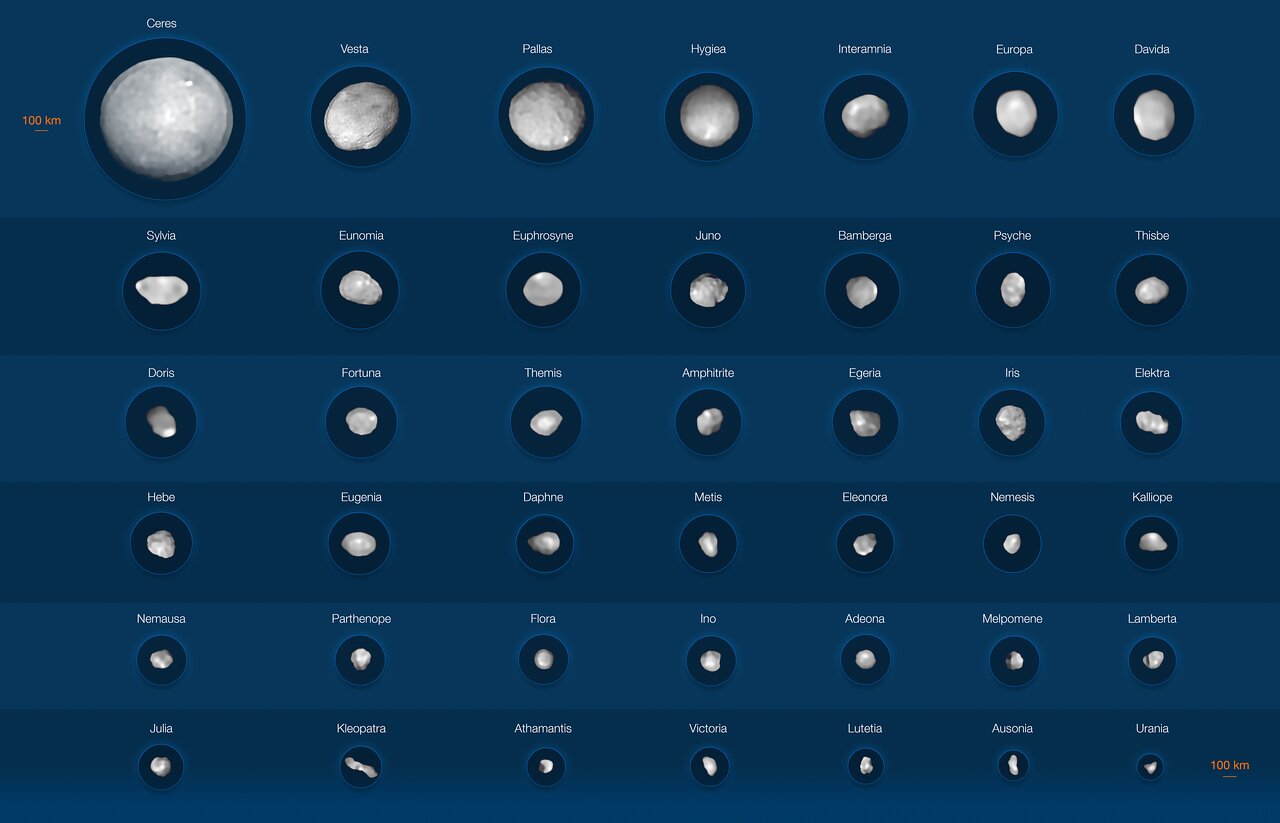
Right: Artist’s graphic of the asteroid belt between Mars and Jupiter. NASA/McREL
The sight of a fireball streaking across the sky brings wonder and excitement to children and adults alike. It’s a reminder that Earth is part of a much larger and incredibly dynamic system.
Each year, roughly 17,000 of these fireballs not only enter Earth’s atmosphere, but survive the perilous journey to the surface. This gives scientists a valuable chance to study these rocky visitors from outer space.
Scientists know that while some of these meteorites come from the Moon and Mars, the majority come from asteroids. But two separate studies published in Nature today have gone a step further...
Read More









Recent Comments